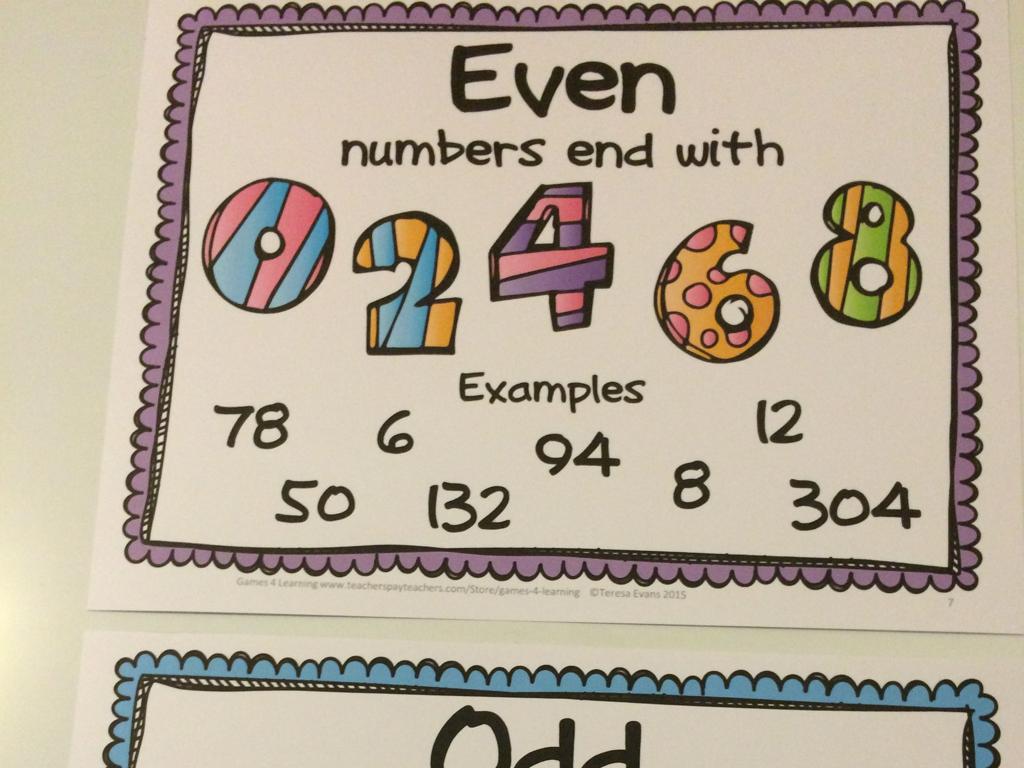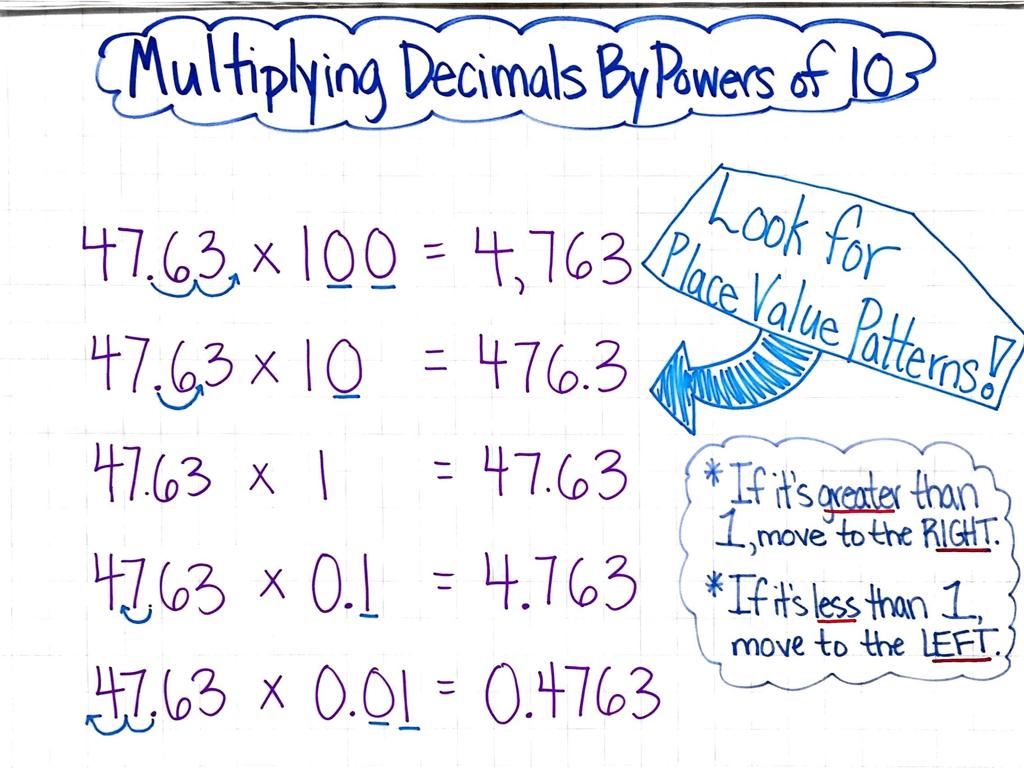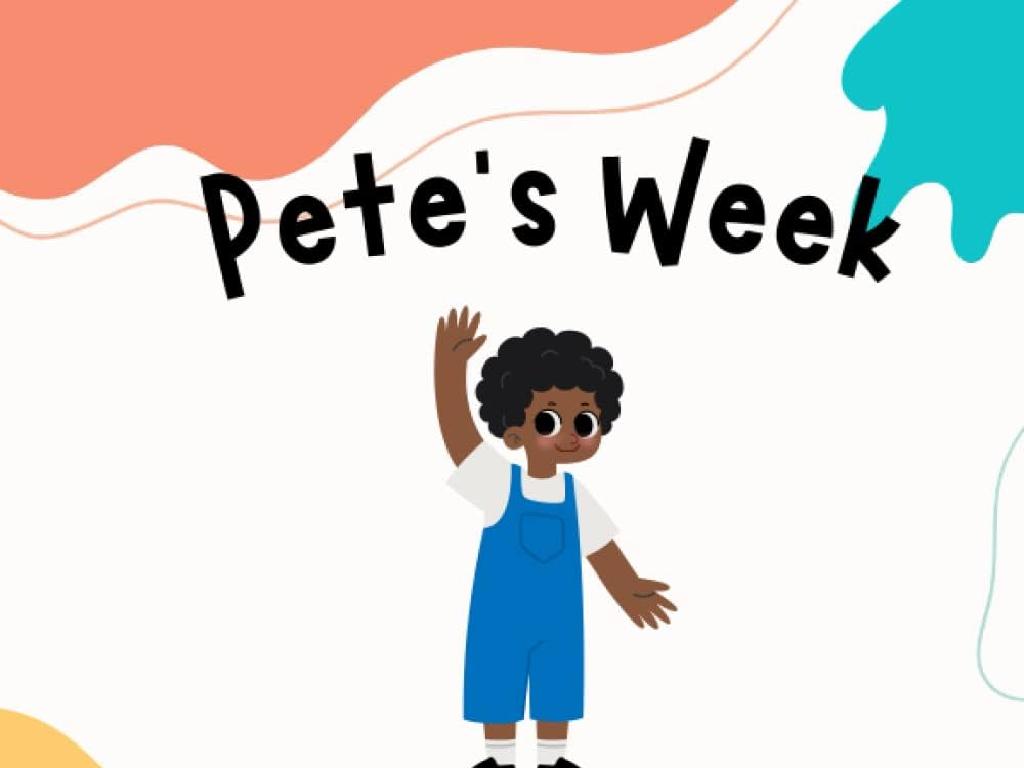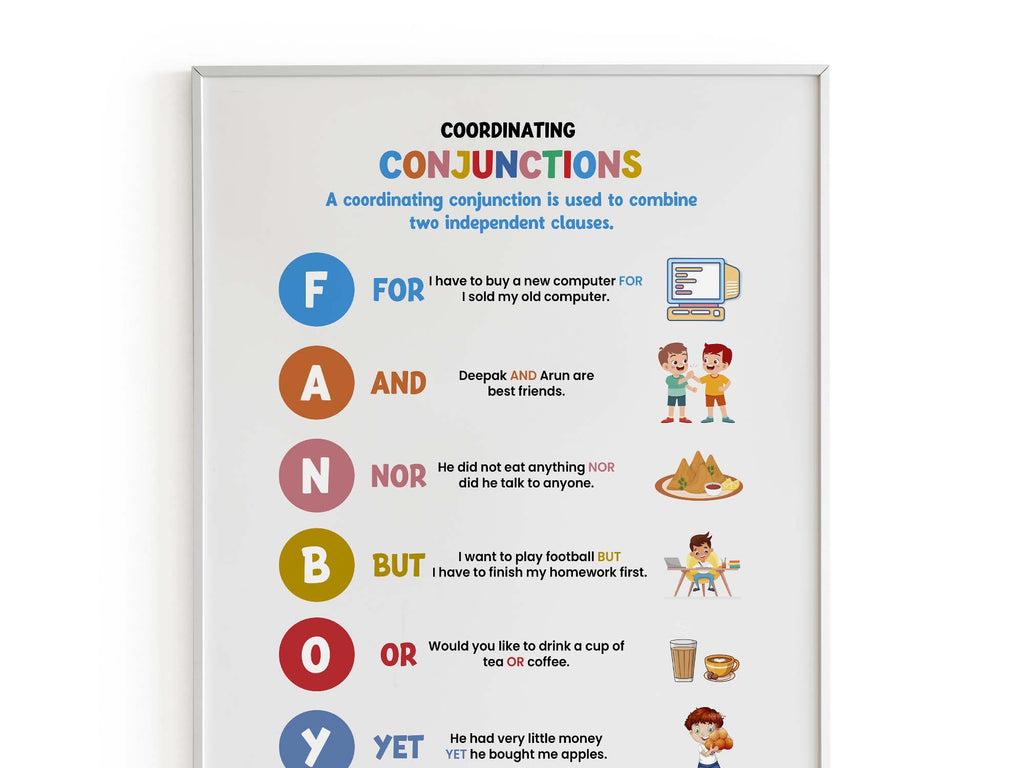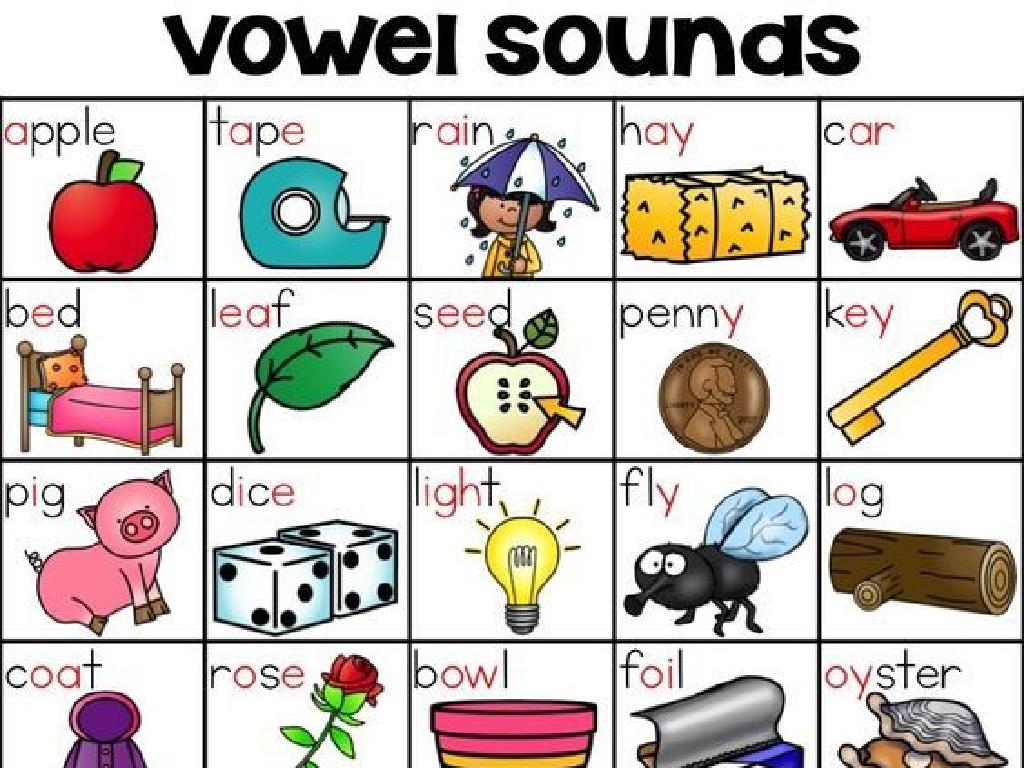Does The Adverb Tell You How, When, Or Where?
Subject: Language arts
Grade: Fourth grade
Topic: Adjectives And Adverbs
Please LOG IN to download the presentation. Access is available to registered users only.
View More Content
Exploring Adjectives and Adverbs
– Welcome to Language Arts!
– Discovering adjectives and adverbs
– Adjectives describe nouns, adverbs describe verbs
– How they enhance sentences
– They add color and detail to our stories
– Examples in action
– ‘Quickly’ tells how, ‘yesterday’ tells when, ‘outside’ tells where
|
This slide introduces the concept of adjectives and adverbs to fourth-grade students, highlighting their roles in adding detail and depth to sentences. Begin by welcoming students to the lesson and expressing the excitement of exploring parts of speech. Explain that adjectives are words that describe nouns (things, people, places), and adverbs modify verbs (actions), adjectives, or other adverbs, often ending in ‘-ly’. Emphasize how these words make our sentences more interesting by providing more information about how something is done, when it happens, or where it takes place. Use clear examples to illustrate each point, and encourage students to think of additional examples from their reading or daily life.
Exploring Adjectives
– Adjectives describe nouns
– Words that give more info about nouns
– They specify which, what kind, how many
– ‘Which one?’ – the red ball, ‘What kind?’ – a sweet apple, ‘How many?’ – three puppies
– Examples: ‘blue sky’, ‘loud music’
– ‘Blue’ tells us the color of the sky, ‘loud’ describes the volume of music
– Practice: Find adjectives in a sentence
– Look for words in a sentence that describe nouns
|
This slide introduces the concept of adjectives to fourth-grade students. Adjectives are words that describe or modify nouns, giving us more information about the object or person in question. They can tell us which one is being referred to, what kind it is, or how many there are. Use everyday examples like ‘blue sky’, ‘loud music’, and ‘five cookies’ to illustrate the point. Encourage students to practice by finding adjectives in sentences and identifying what question the adjective answers about the noun it describes. This activity helps solidify their understanding of adjectives and how they function within a sentence.
Exploring Adverbs: How, When, Where
– Adverbs enhance descriptions
– Adverbs add detail to verbs, adjectives, or other adverbs
– They specify how, when, or where
– ‘How’ refers to manner, ‘when’ to time, and ‘where’ to place
– Examples: ‘quickly ran’, ‘very small’, ‘here’
– ‘Quickly’ shows how someone ran, ‘very’ intensifies ‘small’, ‘here’ indicates where
– Practice identifying adverbs
|
This slide introduces the concept of adverbs to fourth-grade students, focusing on their role in providing additional information about actions, descriptions, and other adverbs. Emphasize that adverbs can tell us how something is done (manner), when it is done (time), or where it is done (place). Use clear examples like ‘quickly ran’ to show how adverbs modify verbs, ‘very small’ to show how they can intensify adjectives, and ‘here’ to demonstrate their ability to indicate location. Encourage students to practice by identifying adverbs in sentences and discussing what questions they answer – how, when, or where. This will help them understand the function of adverbs in a sentence.
Adverbs: How Do They Tell Us ‘How’?
– ‘How’ adverbs describe actions
– They give details on the manner of an action
– Many end with ‘-ly’
– Words like ‘quickly’, ‘slowly’, ‘loudly’ show how something is done
– Example: ‘She sang beautifully.’
– ‘Beautifully’ tells us how she sang
|
This slide introduces adverbs that describe ‘how’ an action is performed, which is a key concept in understanding adverbs for fourth graders. Emphasize that these adverbs often end in ‘-ly’ and can change the meaning of a verb by giving more detail about the manner in which the action is done. Use the example ‘She sang beautifully.’ to show how the adverb ‘beautifully’ adds to the verb ‘sang’ by describing how the singing occurred. Encourage students to think of other ‘-ly’ adverbs and come up with their own sentences to share with the class.
Adverbs that Tell Us ‘When’
– ‘When’ adverbs describe timing
– They answer the question ‘When did it happen?’
– Can be specific or general times
– ‘Yesterday’, ‘today’, ‘soon’, ‘later’, ‘sometimes’
– Example: ‘He will arrive tomorrow.’
– Specific time: ‘tomorrow’ indicates the exact day
|
This slide focuses on adverbs that describe ‘when’ an action takes place. These adverbs can specify the timing of an action, either pointing to a precise moment or to a more general timeframe. For instance, ‘yesterday’ tells us the action happened the day before, while ‘sometimes’ indicates that the action happens occasionally without specifying when. Use the example ‘He will arrive tomorrow.’ to show how ‘tomorrow’ gives us specific information about the timing of the arrival. Encourage students to think of other examples and to use these adverbs in sentences to describe actions in their own lives.
Adverbs that Tell Us ‘Where’
– Adverbs describe action location
– ‘Where’ adverbs give us the action’s place
– They answer ‘Where?’
– Ask ‘Where did it happen?’ to find them
– Example: ‘The dog is outside.’
– ‘Outside’ tells us where the dog is
|
This slide introduces students to adverbs that describe the location of an action, which are known as ‘where’ adverbs. These adverbs answer the question ‘Where?’ and help the reader visualize where the action is taking place. Use the example ‘The dog is outside.’ to show how the adverb ‘outside’ gives us information about the location of the dog. Encourage students to think of other examples of ‘where’ adverbs and how they might use them in sentences to describe the location of various actions. This will help them understand how adverbs can add detail and clarity to their writing.
Let’s Practice Adverbs!
– Identify adverbs in sentences
– Look for words that describe verbs, adjectives, or other adverbs
– Determine adverbs’ function
– Does the adverb explain ‘how’, ‘when’, or ‘where’ something happens?
– Practice with a partner
– Share your findings
– Discuss what you’ve learned with the class
|
This slide is designed for an interactive class activity focused on adverbs. Students will work in pairs to identify adverbs in provided sentences and determine whether they tell us how, when, or where an action takes place. This exercise will help students understand the role of adverbs in a sentence and how they modify verbs, adjectives, or other adverbs. Teachers should circulate the room to assist pairs as needed. After the activity, encourage students to share their answers with the class to reinforce their understanding and to facilitate a discussion on the different functions of adverbs.
Class Activity: Adverb Hunt
– Find adverbs in a favorite book
– Write the sentence and the adverb
– Share how, when, or where it tells
– Does the adverb describe how an action is done, when it happens, or where it takes place?
– Discuss adverb usage with classmates
|
This activity is designed to help students recognize and understand the role of adverbs in a sentence. Students will search for adverbs in books they enjoy, which will make the learning process more engaging. They should note the sentence where the adverb appears and identify the adverb used. In class, students will share their sentences and discuss whether the adverb describes how, when, or where the action of the verb is taking place. This will help them see the practical use of adverbs in language. For the teacher: Prepare to facilitate the discussion by asking guiding questions and providing examples if students struggle to find their own. Encourage students to explain why they think the adverb is telling how, when, or where. Have a few examples ready for each type of adverb in case students need additional guidance.
Adverbs: How, When, or Where?
– Congrats on learning adverbs!
– Homework: 10 sentences with adverbs
– Include adverbs that tell us how, when, or where something happens
– Specify adverb usage in sentences
– For example: ‘She sings beautifully’ (how), ‘He arrived early’ (when), ‘They met at the park’ (where)
– Share your sentences next class
|
This slide wraps up the lesson on adverbs and sets the stage for students to apply what they’ve learned through homework. The task is to write 10 sentences that include adverbs, ensuring they understand how adverbs function to describe verbs by telling us how, when, or where actions take place. Encourage creativity and the use of a variety of adverbs. In the next class, students will have the opportunity to share their sentences, which will reinforce their understanding and allow for peer learning. Provide examples to clarify expectations and offer guidance on how to approach the homework.

